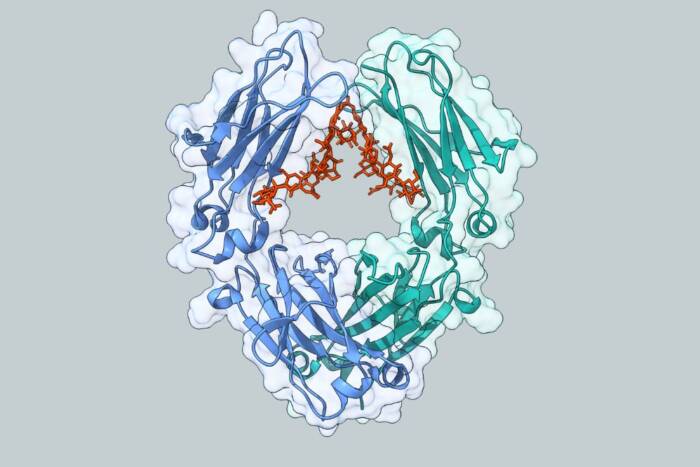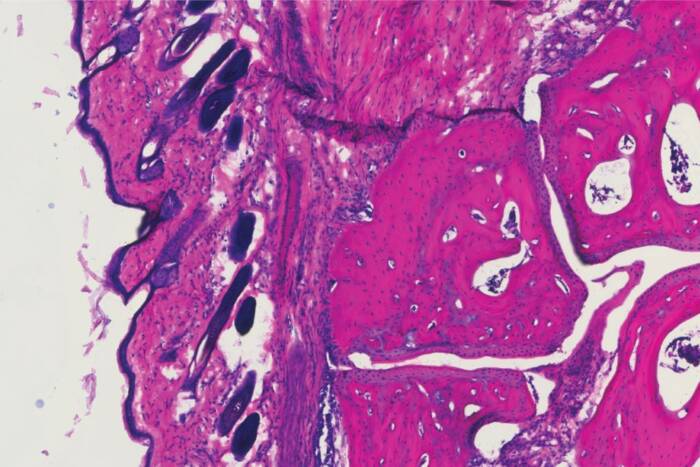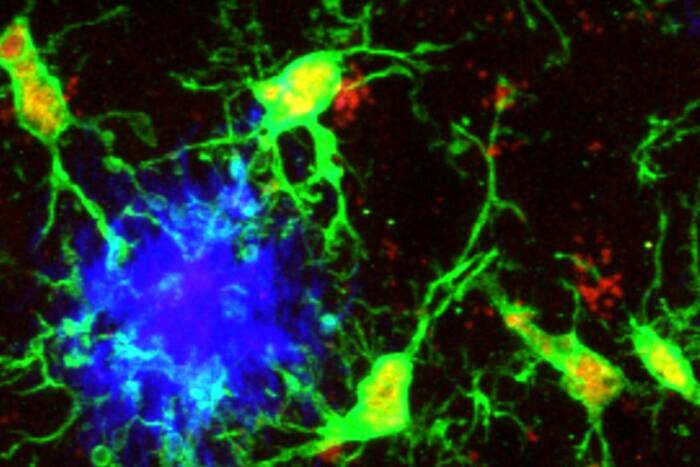Science Outreach H.S. student in top 10 of Intel Science Talent Search
 Science Outreach student Eugene Simuni was awarded a $25,000 scholarship for his fifth-place win in the Intel Science Talent Search. A senior at Midwood High School, Simuni was mentored by Ethan Marin, of the Sakmar lab. His project explored protein transmission of visual signals to the brain. Simuni was also chosen by his fellow finalists to receive the Glenn T. Seaborg Award for his commitment to scientific cooperation and communication.
Science Outreach student Eugene Simuni was awarded a $25,000 scholarship for his fifth-place win in the Intel Science Talent Search. A senior at Midwood High School, Simuni was mentored by Ethan Marin, of the Sakmar lab. His project explored protein transmission of visual signals to the brain. Simuni was also chosen by his fellow finalists to receive the Glenn T. Seaborg Award for his commitment to scientific cooperation and communication.
The Intel Science Talent Search(opens in new window) (formerly the Westinghouse Science Talent Search), now in its 59th year, is one of the most prestigious science awards for high school students in the country. More than 70 percent of the former finalists have gone on to earn Ph.D.s or M.D.s; five have won Nobel Prizes. Earlier this month, the finalists traveled to Washington D.C. to participate in a week-long competition. The ten winners were announced at a black-tie dinner on Mon., Mar. 13, and they will receive scholarships ranging from $20,000 to $100,000; the remaining 30 finalists will each receive a $5,000 scholarship. .
Ten out of the 60 high school students who participated in RU’s Science Outreach Program(opens in new window) were named semifinalists in the Intel Science Talent; four were finalists (out of a total of only 40 finalists nationwide). Each year, more than 200 high school students apply to the Science Outreach program, which matches between 50 and 60 high school juniors, seniors and graduating seniors with scientists who mentor them in gaining laboratory research. The program is free, and some are eligible for funding.
“The performance of our students is incredible. Ten semifinalists is a new record for our program. The dedication and hard work of these students and their mentors really shows,” says Bonnie Kaiser(opens in new window), director of the Science Outreach Program.
Rockefeller has been the site of many of the 20th century’s most important scientific breakthroughs: Rockefeller scientists discovered that genes are made of DNA, launched the field of cell biology, demonstrated the connection between cholesterol and heart disease, developed vaccines against meningitis and introduced methadone to manage heroin addiction. Recent discoveries include determining the shape of telomeres (DNA at the ends of chromosomes that tells cells when to die), locating genes regulating the sleep/wake cycle, identifying genes influencing obesity, finding the solution to the structure of RNA polymerase (an enzyme responsible for the readout of DNA into RNA) and determining the structure of the potassium ion channel a finding that provides insights into the function of the nervous system. In October 1999, Günter Blobel, M.D., Ph.D., the John D. Rockefeller Jr. Professor at The Rockefeller University and a Howard Hughes Medical Institute investigator, was awarded the 1999 Nobel Prize in Physiology or Medicine.


